NYU Silver’s researchers have always been among the most innovative and influential in the social work field, and their activity accelerated during the 2022-2023 academic year.
The total number of proposals submitted by Silver investigators increased 40 percent over the prior year, and the total number of federal proposals submitted for which faculty are principal investigators increased by 75 percent. In fact, the School enjoys an NIH grant application success rate that is twice the average. Silver also saw an increase in number of external funding applications for doctoral students.
Meanwhile, studies involving Silver investigators were published in dozens of peer-reviewed journals. What follows are just a few of the highlights.
 Okazaki, S., Lee, C. S., Prasai, A., Chang, D. F., & Yoo, G. (2022). Disaggregating the data: Diversity of COVID-19 stressors, discrimination, and mental health among Asian American communities. Frontiers in Public Health, 10.
Okazaki, S., Lee, C. S., Prasai, A., Chang, D. F., & Yoo, G. (2022). Disaggregating the data: Diversity of COVID-19 stressors, discrimination, and mental health among Asian American communities. Frontiers in Public Health, 10.
An online survey of Asian American adults found vastly different experiences of discrimination and psychological distress among Asian ethnic subgroups during the first year of the COVID-19 pandemic. The findings underscore the importance of research that systematically examines subgroup differences within the broad Asian American population.
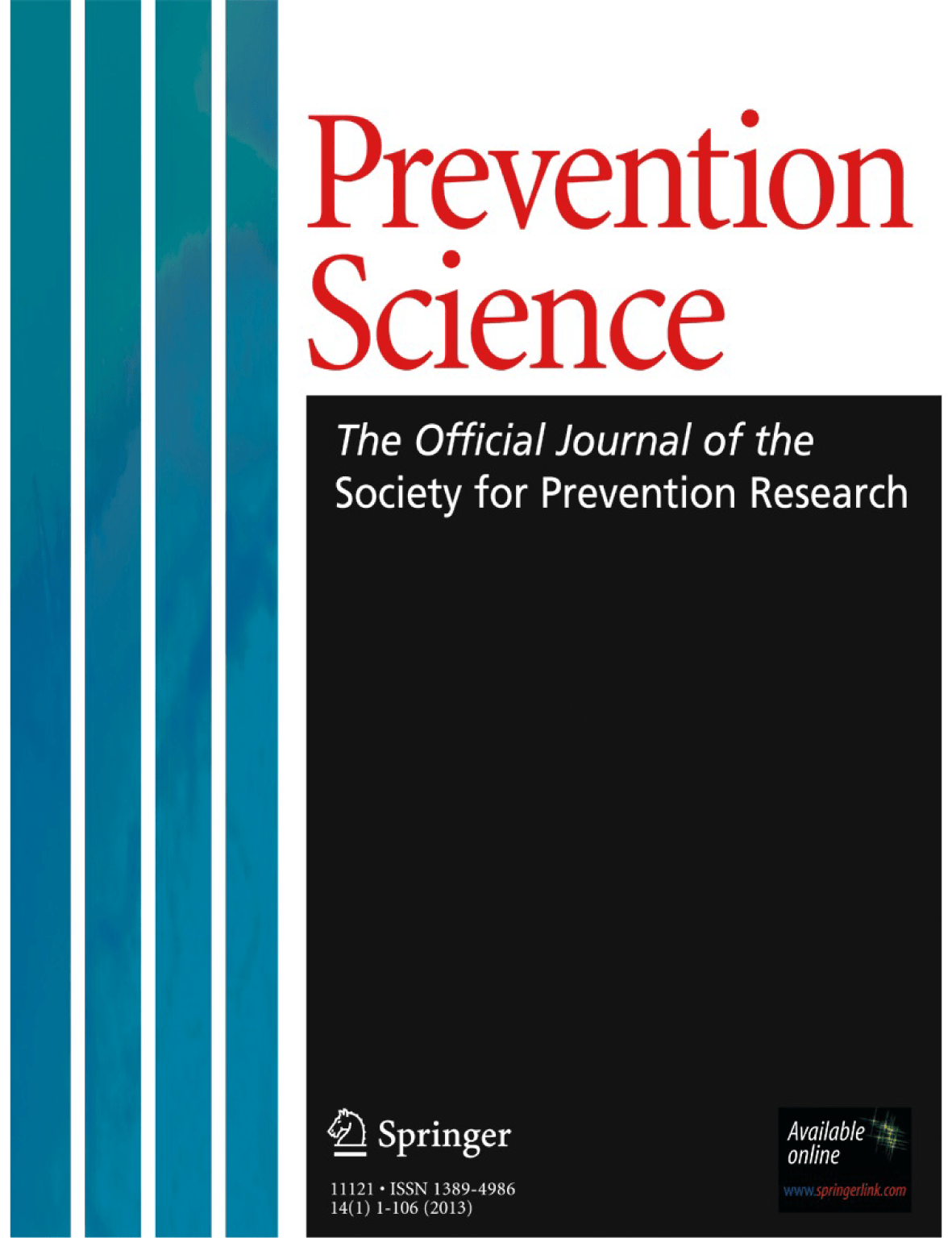 Bellamy, J. L., Banman, A., Harty, J. S., Mirque-Morales, S., Jaccard, J., & Guterman, N. B. (2023). The Effect of Dads Matter–HV on Father Engagement in Home Visiting Services. Prevention Science, 24(1), 137-149.
Bellamy, J. L., Banman, A., Harty, J. S., Mirque-Morales, S., Jaccard, J., & Guterman, N. B. (2023). The Effect of Dads Matter–HV on Father Engagement in Home Visiting Services. Prevention Science, 24(1), 137-149.
A randomized clinical trial found that an enhancement to standard home visiting services designed to support new fathers increased fathers’ engagement when services began after childbirth but reduced engagement when services began prenatally. Engaging fathers in such services has the potential to boost fathers’ contributions to their child’s development and improve family well-being.
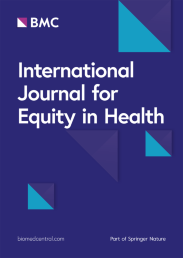
Gwadz, M., Cluesman, S. R., Freeman, R., Collins, L. M., Dorsen, C., Hawkins, R. L., … & Kutnick, A. (2022). Advancing behavioral interventions for African American/Black and Latino persons living with HIV using a new conceptual model that integrates critical race theory, harm reduction, and self-determination theory: a qualitative exploratory study. International Journal for Equity in Health, 21(1), 97.
A National Institute on Drug Abuse funded qualitative study of low-income Black and Latino people with unsuppressed HIV found a behavioral intervention tailored to their particular barriers to HIV care and medication use was well received and improved a range of health outcomes. To end the AIDS epidemic, we must engage this hard-to-reach and understudied population in effective HIV care.
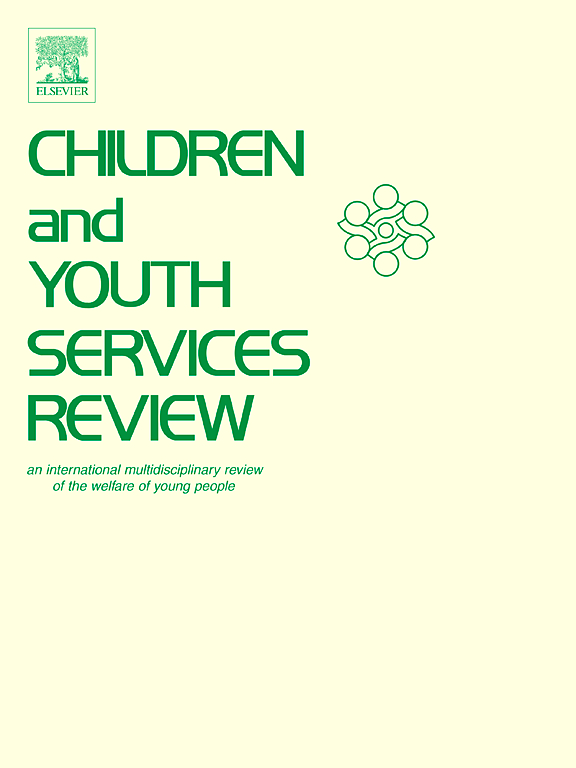 Zhang, L., & Han, W. J. (2022). Multidimensional poverty and children’s behavioral trajectories in immigrant families: Beating the odds?. Children and Youth Services Review, 139, 106534.
Zhang, L., & Han, W. J. (2022). Multidimensional poverty and children’s behavioral trajectories in immigrant families: Beating the odds?. Children and Youth Services Review, 139, 106534.
An analysis of a large, longitudinal study of American children found that among those with similar experiences of poverty, children of immigrants were rated more favorably by teachers on internalizing (e.g., anxiety, depression) and externalizing (e.g., conduct issues, impulsivity) behaviors but self-reported worse internalizing behaviors than children with U.S.-born parents. The discrepancy highlights the importance of using multiple informants.
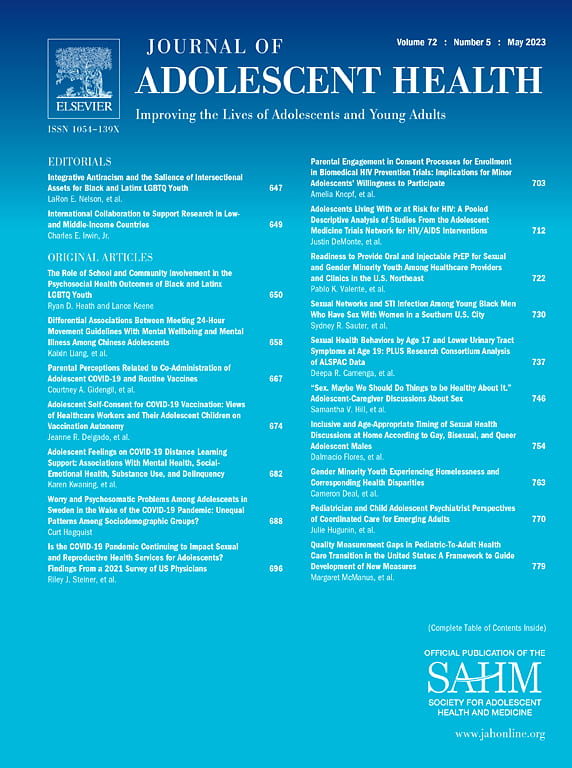 Heath, R. D., & Keene, L. (2023). The role of school and community involvement in the psychosocial health outcomes of Black and Latinx LGBTQ youth. Journal of Adolescent Health.
Heath, R. D., & Keene, L. (2023). The role of school and community involvement in the psychosocial health outcomes of Black and Latinx LGBTQ youth. Journal of Adolescent Health.
A study of Black and Latinx LGBTQ adolescents and young adults found community involvement, especially in social activities tailored to LGBTQ individuals and LGBTQ people of color, was associated with positive psychosocial health outcomes. There was no similar association for school enrollment. Findings suggest those who work with Black and Latinx LGBTQ adolescents and young adults should make special efforts to facilitate community involvement. The study was the subject of an editorial in the issue of Journal of Adolescent Health in which it appeared that argued for the development of an integrative antiracist approach to identifying and optimizing intersectional assets for Black and Latinx LGBTQ youth.
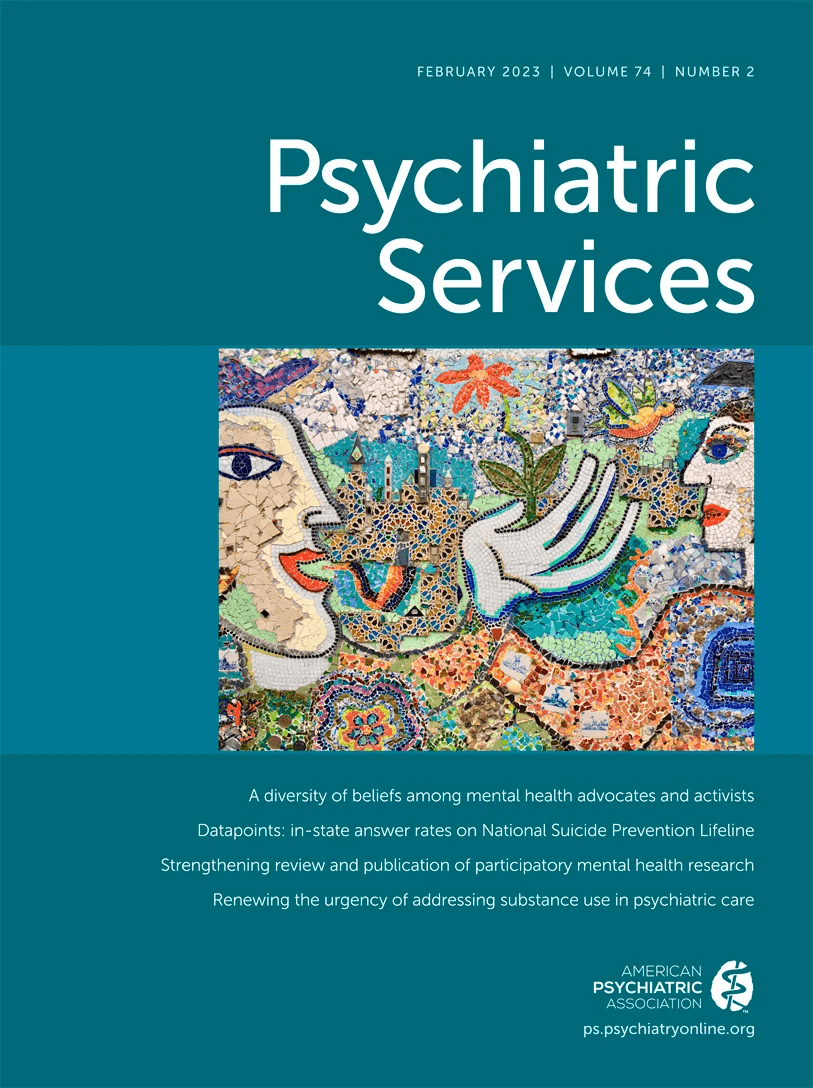 Purtle, J., Lindsey, M. A., Raghavan, R., & Stuart, E. A. (2023). National Suicide Prevention Lifeline 2020 in-state answer rates, stratified by call volume rates and geographic region. Psychiatric Services, 74(2), 204-205.
Purtle, J., Lindsey, M. A., Raghavan, R., & Stuart, E. A. (2023). National Suicide Prevention Lifeline 2020 in-state answer rates, stratified by call volume rates and geographic region. Psychiatric Services, 74(2), 204-205.
An analysis the National Suicide Prevention Lifeline’s 2020 in-state answer rates and call volume rates found only seven states had an in-state answer rate equal to or greater than 90%. For the new 988 Suicide and Crisis Lifeline to fulfill its promise of saving more lives, states that are lagging must improve their in-state answer rates.
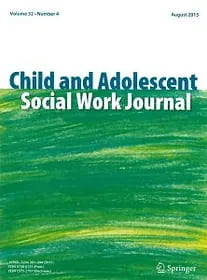 Magan, I. M., Sanchez, E., & Munson, M. R. (2022). “I Talk to Myself”: Exploring the Mental and Emotional Health Experiences of Muslim Rohingya Refugee Adolescents. Child and Adolescent Social Work Journal, 1-12.
Magan, I. M., Sanchez, E., & Munson, M. R. (2022). “I Talk to Myself”: Exploring the Mental and Emotional Health Experiences of Muslim Rohingya Refugee Adolescents. Child and Adolescent Social Work Journal, 1-12.
A qualitative study of Rohingya refugee adolescents in the U.S. found that all experienced some level of emotional and mental health distress, mostly associated with the school context; however, they used self-reliance as a coping mechanism and found support from their families and Islamic faith. Findings support the need for mental health programs and interventions co-created with Rohingya youth and family members that center their inherent strengths.
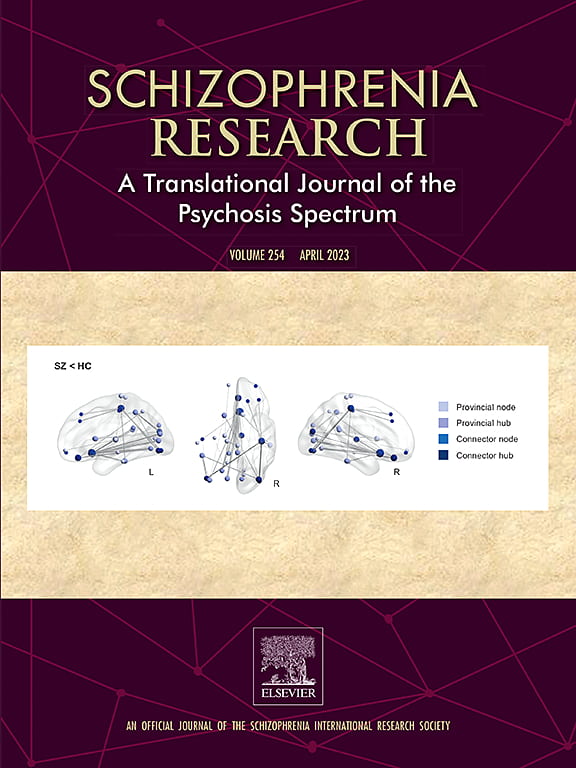 Munson, M. R., Jaccard, J., Moore, K. L., Rodwin, A. H., Shimizu, R., Cole, A. R., … & Stanhope, V. (2022). Impact of a brief intervention to improve engagement in a recovery program for young adults with serious mental illness. Schizophrenia Research, 250, 104-111.
Munson, M. R., Jaccard, J., Moore, K. L., Rodwin, A. H., Shimizu, R., Cole, A. R., … & Stanhope, V. (2022). Impact of a brief intervention to improve engagement in a recovery program for young adults with serious mental illness. Schizophrenia Research, 250, 104-111.
A National Institute of Mental Health funded randomized study of a promising, orientation intervention designed to keep marginalized young adults with serious mental illness connected to mental health treatment found that the intervention significantly improved attendance and level of treatment buy-in. Young adults have long been known to be at high risk of disengaging from treatment.
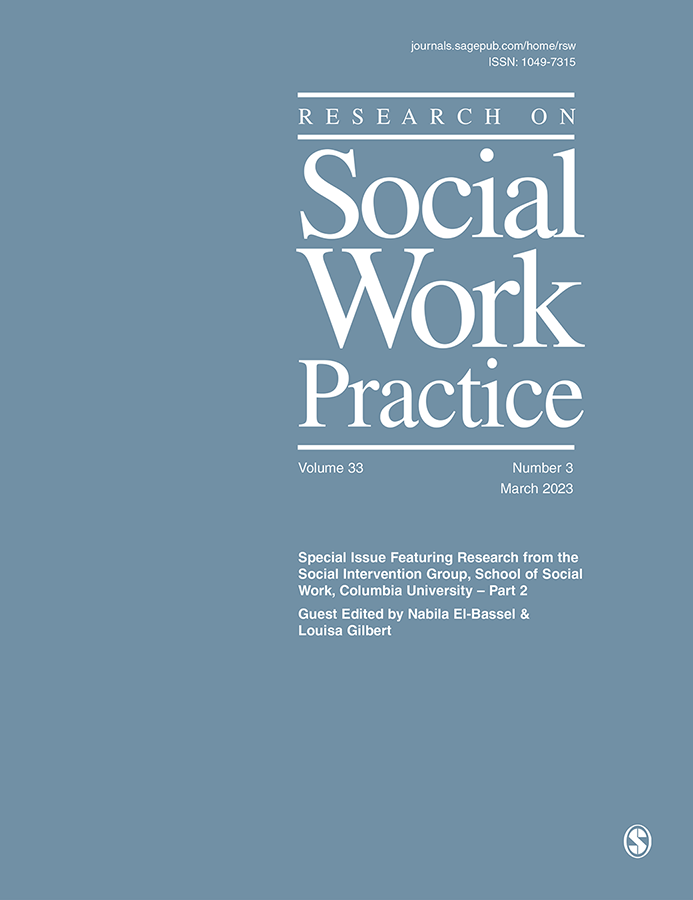 Pahwa, R., Dougherty, R. J., Kelly, E., Davis, L., Smith, M. E., & Brekke, J. S. (2022). Is it safe? Community integration for individuals with serious mental illnesses. Research on Social Work Practice, 32(7), 826-838.
Pahwa, R., Dougherty, R. J., Kelly, E., Davis, L., Smith, M. E., & Brekke, J. S. (2022). Is it safe? Community integration for individuals with serious mental illnesses. Research on Social Work Practice, 32(7), 826-838.
A qualitative study of people with serious mental illnesses (SMI) integrated in the general population found that they were exposed to various unsafe spaces and circumstances related to neighborhood disorder, homelessness, traumatic experiences, substance use, stigma, and loss of relationships. It also found that participants proactively developed strategies to cope with unsafe environments and manage their own safety. Developing a better understanding of the experiences and the strategies used by people with SMI to navigate their safety can help providers to improve community integration interventions.
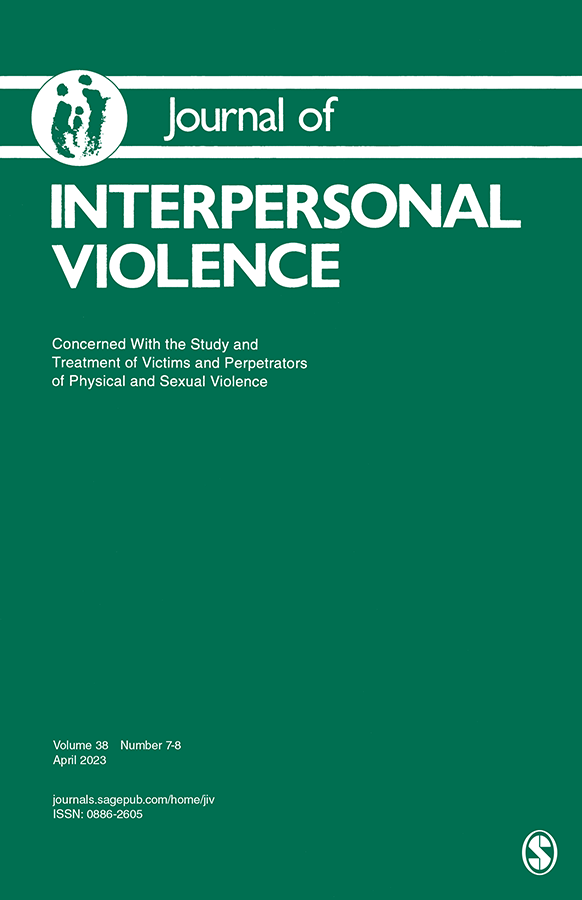 Park, Y., Sullivan, K., Riviere, L. A., Merrill, J. C., & Clarke-Walper, K. (2022). Intimate partner violence perpetration among military spouses. Journal of Interpersonal Violence, 37(15-16), NP13497-NP13517.
Park, Y., Sullivan, K., Riviere, L. A., Merrill, J. C., & Clarke-Walper, K. (2022). Intimate partner violence perpetration among military spouses. Journal of Interpersonal Violence, 37(15-16), NP13497-NP13517.
A secondary analysis of data from a survey of female army spouses conducted by the Walter Reed Army Institute of Research found that marital discord and anger were positively associated with Intimate Family Violence (IPV) perpetration by spouses of active duty service members. Stressful life events and work-family conflict did not have direct effects on IPV perpetration. Findings suggest the Department of Defense’s Family Advocacy Program and behavioral health providers serving military spouses should tailor interventions for IPV to the risk factors and consider programs to address anger.
